Home>Technology>Smart Home Devices>Why Is My Printer Printing Green
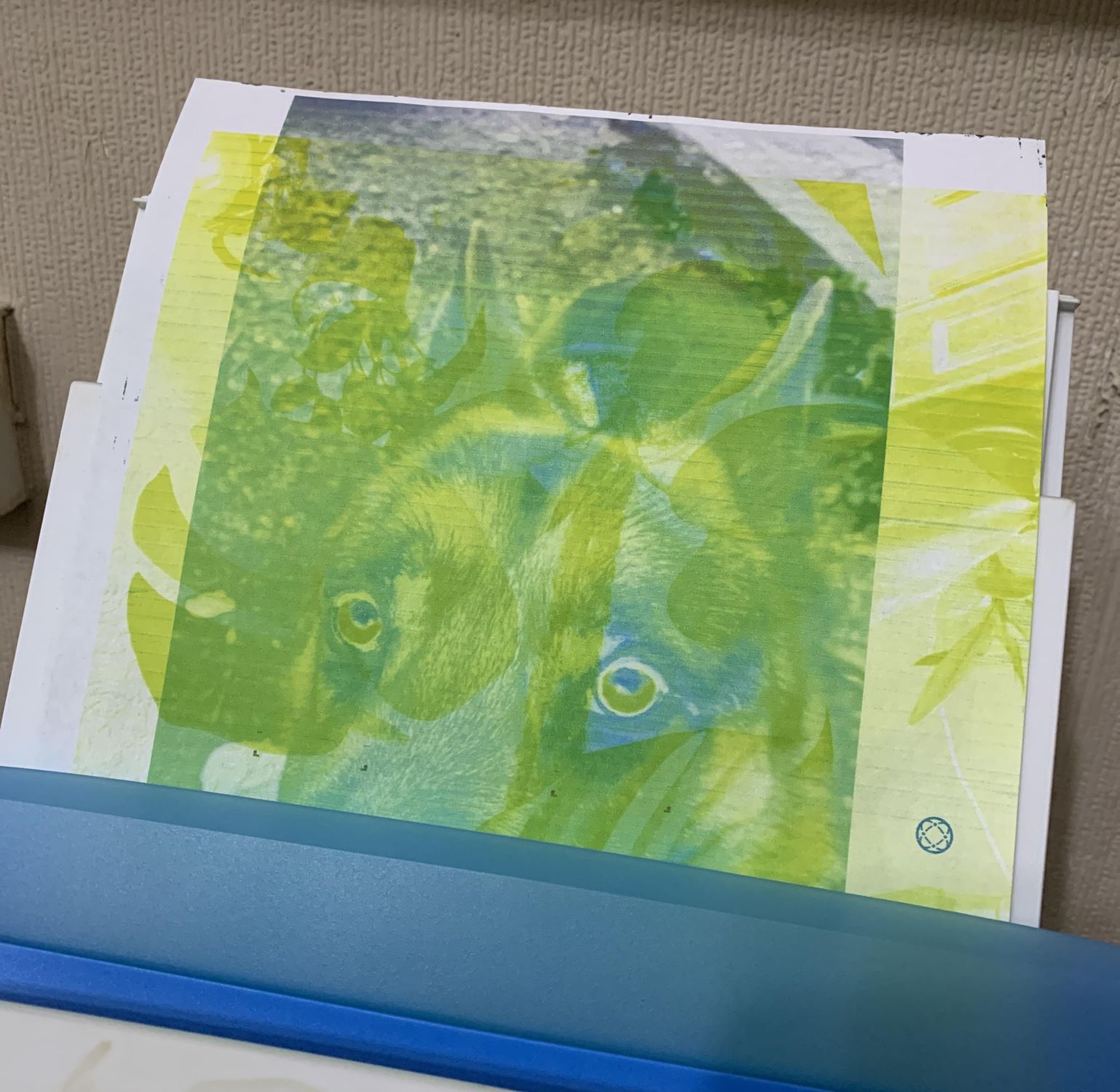

Smart Home Devices
Why Is My Printer Printing Green
Modified: May 6, 2024
Learn why your smart home devices might be printing in green and how to fix it. Troubleshoot your printer's green printing issue with our expert tips.
(Many of the links in this article redirect to a specific reviewed product. Your purchase of these products through affiliate links helps to generate commission for Storables.com, at no extra cost. Learn more)
Introduction
Printers are essential devices for both personal and professional use. However, encountering unexpected color variations, such as green printing, can be frustrating. When you’re expecting a crisp black-and-white document or a vibrant color printout, discovering that your printer is producing a green tint can be perplexing. Understanding the potential causes of this issue and learning how to address it are crucial for restoring the quality of your printed materials.
In this article, we will explore the various factors that could lead to your printer producing green prints, along with troubleshooting steps to resolve this issue. By gaining insights into the possible reasons and learning effective solutions, you can regain the confidence that your printer will consistently deliver the high-quality prints you need.
Key Takeaways:
- Troubleshooting green printing issues involves checking ink levels, cleaning print heads, and adjusting color settings to restore accurate color reproduction and minimize greenish tints in prints.
- Regular maintenance, including updating printer drivers and inspecting ink cartridges, is essential for preventing green printing problems and ensuring consistent, high-quality prints.
Read more: Why Is My Printer Printing Small
Possible Reasons for Green Printing
When your printer starts producing green-tinted prints, several factors could be contributing to this unexpected color shift. Understanding these potential reasons can help you pinpoint the root cause and take the necessary steps to rectify the issue. Here are some common reasons why your printer might be printing in green:
- Low Ink Levels: Insufficient levels of cyan and yellow ink in your printer can lead to a predominance of green in your prints. When the cyan and yellow ink cartridges are running low, the resulting imbalance in color distribution can cause your prints to appear greenish.
- Color Settings: Incorrect color settings in your printer or printing software may inadvertently cause a green tint in your prints. This could result from misconfigured color profiles or settings that skew the color balance towards green hues.
- Print Head Alignment: Misaligned or clogged print heads can impact the accurate mixing and deposition of ink, potentially leading to greenish prints. If the print heads are not functioning optimally, the color accuracy of your prints may be compromised.
- Driver Issues: Outdated or corrupted printer drivers can disrupt the communication between your computer and the printer, affecting color reproduction. Inconsistent color output, including a green tint, may indicate underlying driver-related issues.
- Media Type Selection: Selecting the wrong media type in your printer settings can affect ink absorption and color representation, potentially resulting in green prints. Using settings intended for a different type of paper or media than what you are actually using may lead to color inaccuracies.
- Color Mixing Problems: In some cases, printers with color mixing systems, such as inkjet printers, may experience issues with color blending. If the cyan and yellow inks are not adequately mixed during the printing process, the resulting prints may exhibit a greenish tint.
By considering these potential reasons for green printing, you can begin to narrow down the specific cause affecting your printer. Identifying the underlying issue is the first step toward implementing targeted solutions to resolve the green printing problem.
Troubleshooting Steps
When faced with green printing issues, it’s essential to perform systematic troubleshooting to identify and address the underlying causes. By following structured steps, you can effectively diagnose and resolve the problem, restoring your printer’s color accuracy. Here are some key troubleshooting steps to help you tackle green printing concerns:
- Print a Test Page: Start by printing a test page to assess the extent of the green tint and identify any specific color imbalances. This can provide valuable insights into the nature of the issue and guide your troubleshooting efforts.
- Clean the Print Heads: If your printer has clogged or misaligned print heads, cleaning them can help restore proper ink distribution and color accuracy. Many printers offer built-in maintenance functions for cleaning the print heads.
- Check Ink Levels: Verify the ink levels in your printer, particularly the cyan and yellow cartridges. If these levels are low, replacing or refilling the cartridges can help restore the proper color balance in your prints.
- Inspect Paper and Media Settings: Ensure that the paper or media type selected in your printer settings matches the actual material you are using. Using the correct settings can improve ink absorption and color rendition, potentially addressing green printing issues.
- Adjust Color Settings: Review the color settings in your printer’s control panel or printing software. Correct any misconfigured color profiles or settings that may be contributing to the green tint in your prints.
- Update Printer Drivers: Check for updates to your printer drivers and install the latest versions to ensure optimal communication between your computer and the printer. Updated drivers can help address color reproduction issues.
- Perform a Nozzle Check: Many printers offer a nozzle check function that allows you to assess the condition of the print heads and identify any potential issues affecting color accuracy.
- Calibrate the Printer: Some printers feature calibration tools that enable you to fine-tune color accuracy. Calibrating your printer can help address color imbalances and ensure consistent, accurate prints.
By systematically following these troubleshooting steps, you can methodically address the potential causes of green printing and work towards restoring the proper color output of your printer. Taking a structured approach to troubleshooting can lead to effective solutions and improved print quality.
Checking Printer Settings
Examining and adjusting the printer settings is a crucial step in resolving green printing issues. By reviewing and modifying the settings that influence color reproduction, you can address potential sources of color inaccuracies and restore the desired print quality. Here’s how you can effectively check and adjust your printer settings to mitigate green printing problems:
- Color Profile Selection: Access the printer’s color profile settings to ensure that the chosen profile aligns with your printing requirements. Selecting the appropriate color profile can significantly impact color accuracy and help prevent greenish tints in your prints.
- Media Type Configuration: Verify that the media type settings in your printer correspond to the paper or material you are using. Adjusting the media type setting to match the actual media can improve ink absorption and enhance color fidelity.
- Color Management Options: Review the color management options available in your printer’s settings. Adjusting color management settings, such as color matching and color correction, can help rectify color imbalances that lead to green printing.
- Print Quality Settings: Assess the print quality settings in your printer’s control panel or printing software. Optimal print quality settings can contribute to accurate color reproduction, potentially minimizing green tint issues.
- Advanced Color Settings: Explore advanced color settings, if available, to fine-tune color balance and saturation. Making precise adjustments to color settings can mitigate greenish hues and enhance overall color accuracy.
- Default Settings Restoration: Consider restoring the printer’s default settings to eliminate any unintended configurations that may be contributing to green printing. Resetting to default settings can provide a clean slate for readjusting key parameters.
By thoroughly examining and adjusting these printer settings, you can address color-related factors that may be causing your printer to produce green-tinted prints. Taking a proactive approach to managing printer settings can lead to improved color accuracy and a noticeable enhancement in print quality.
Check your printer settings and make sure the color balance is correct. Also, check the ink levels and replace any low cartridges. If the issue persists, try cleaning the printheads to remove any clogs.
Inspecting Ink Cartridges
When troubleshooting green printing issues, it’s essential to thoroughly inspect the ink cartridges in your printer. The condition and levels of the ink cartridges can significantly impact color reproduction and directly influence the presence of green tints in your prints. By carefully examining and addressing potential issues related to the ink cartridges, you can take proactive steps to resolve the problem. Here’s how you can effectively inspect and manage the ink cartridges:
- Check Ink Levels: Access the ink level indicators on your printer or through the associated software to assess the remaining ink in each cartridge. Low levels of cyan and yellow ink can lead to an imbalance in color distribution, resulting in a predominant green tint in your prints.
- Replace or Refill Cartridges: If the cyan and yellow ink levels are low, consider replacing or refilling the respective cartridges to restore the proper color balance. Fresh ink cartridges can help ensure accurate color reproduction and mitigate green printing issues.
- Verify Cartridge Integrity: Inspect the physical condition of the ink cartridges for any signs of damage or leakage. Damaged cartridges can compromise color accuracy and potentially contribute to unexpected color shifts, including greenish tints in prints.
- Perform Maintenance Functions: Many printers offer maintenance functions, such as cartridge cleaning and alignment, to optimize ink delivery and ensure consistent color output. Utilize these maintenance features to address potential cartridge-related issues affecting color reproduction.
- Align Cartridges Properly: If your printer allows for manual cartridge alignment, ensure that the cartridges are correctly aligned to facilitate optimal ink distribution and color accuracy. Misaligned cartridges can impact color blending and lead to green printing anomalies.
By meticulously inspecting the ink cartridges and taking proactive measures to address any issues related to ink levels, cartridge integrity, and alignment, you can effectively mitigate the occurrence of green-tinted prints. Prioritizing the maintenance and management of ink cartridges is integral to maintaining consistent and accurate color reproduction in your prints.
Read more: Why My Brother Printer Is Not Printing
Updating Printer Drivers
Ensuring that your printer drivers are up to date is crucial for maintaining optimal communication between your computer and the printer. Outdated or corrupted printer drivers can lead to various issues, including color reproduction anomalies such as green printing. By updating your printer drivers, you can address potential driver-related issues and improve color accuracy. Here’s how you can effectively update your printer drivers:
- Check for Driver Updates: Visit the manufacturer’s official website or access the support section for your printer model to check for available driver updates. Manufacturers often release updated drivers to address performance and compatibility issues.
- Download and Install Updates: If updated drivers are available, download the latest versions compatible with your operating system. Follow the provided instructions to install the updated drivers on your computer.
- Automatic Driver Update Tools: Some operating systems and third-party software offer automatic driver update tools that can identify and install the latest printer drivers. Utilize these tools to streamline the update process and ensure that your printer drivers are current.
- Driver Compatibility Checks: When updating printer drivers, verify that the new drivers are compatible with your printer model and operating system. Using incompatible drivers can lead to further issues, so it’s essential to confirm compatibility before installation.
- Driver Configuration Verification: After updating the printer drivers, review the driver configuration settings to ensure that they align with your printing requirements. Adjust any relevant settings to optimize color reproduction and address green printing concerns.
By proactively updating your printer drivers and ensuring that they are compatible with your system, you can mitigate potential driver-related factors contributing to green printing issues. Keeping your printer drivers current is an essential step in maintaining the overall performance and color accuracy of your printer.
Conclusion
Encountering green printing problems with your printer can be a perplexing experience, but by understanding the potential causes and implementing targeted solutions, you can effectively address this issue. Whether it’s low ink levels, misaligned print heads, or outdated drivers, there are various factors that can contribute to the unexpected green tint in your prints. By systematically troubleshooting and managing key aspects of your printer’s operation, you can work towards restoring the accurate color reproduction you expect from your prints.
From inspecting ink cartridges and adjusting printer settings to updating drivers and performing maintenance functions, proactive management of your printer’s components and settings is crucial for addressing green printing concerns. By taking a structured approach to troubleshooting and maintenance, you can enhance the overall print quality and minimize color inaccuracies.
Remember to regularly check and maintain your printer, including monitoring ink levels, performing print head cleanings, and updating drivers, to prevent potential issues that can lead to green printing. Additionally, familiarizing yourself with the specific features and settings of your printer can empower you to address color-related anomalies effectively.
By leveraging the insights and strategies outlined in this article, you can navigate green printing challenges with confidence, ensuring that your printer consistently delivers high-quality prints with accurate and vibrant colors. With proactive maintenance and informed troubleshooting, you can overcome green printing issues and enjoy the reliable performance of your printer for all your printing needs.
Now that you've got a handle on fixing your printer's green tint issue, why not ensure optimal performance with regular maintenance? One crucial aspect is mastering printer calibration. Fine-tuning your device can significantly improve print quality, ensuring colors are precise and vibrant every time you print. If you're ready to get sharp, accurate prints, check out our detailed guide on how to adjust your printer’s settings for the best possible output.
Frequently Asked Questions about Why Is My Printer Printing Green
Was this page helpful?
At Storables.com, we guarantee accurate and reliable information. Our content, validated by Expert Board Contributors, is crafted following stringent Editorial Policies. We're committed to providing you with well-researched, expert-backed insights for all your informational needs.
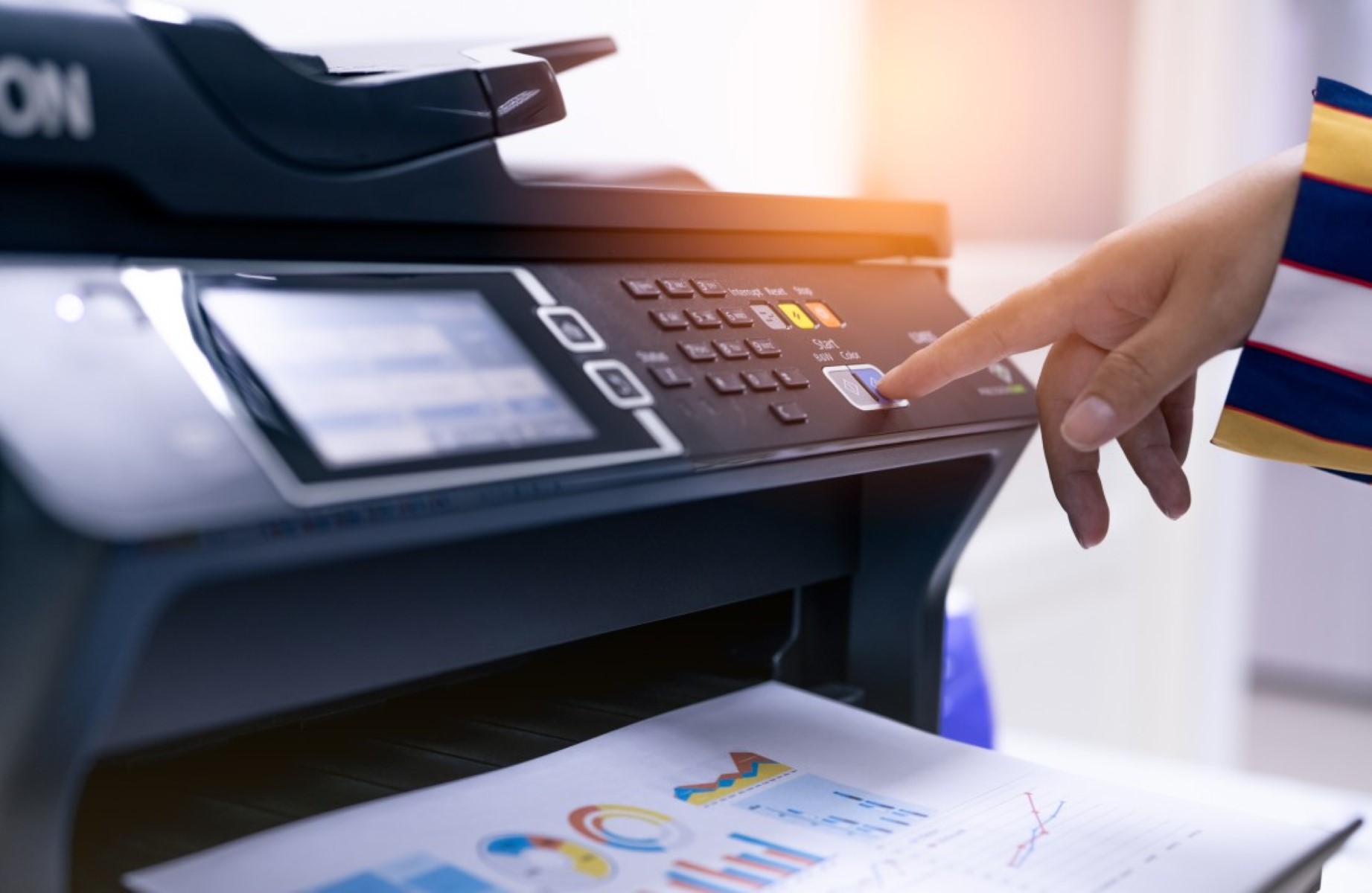
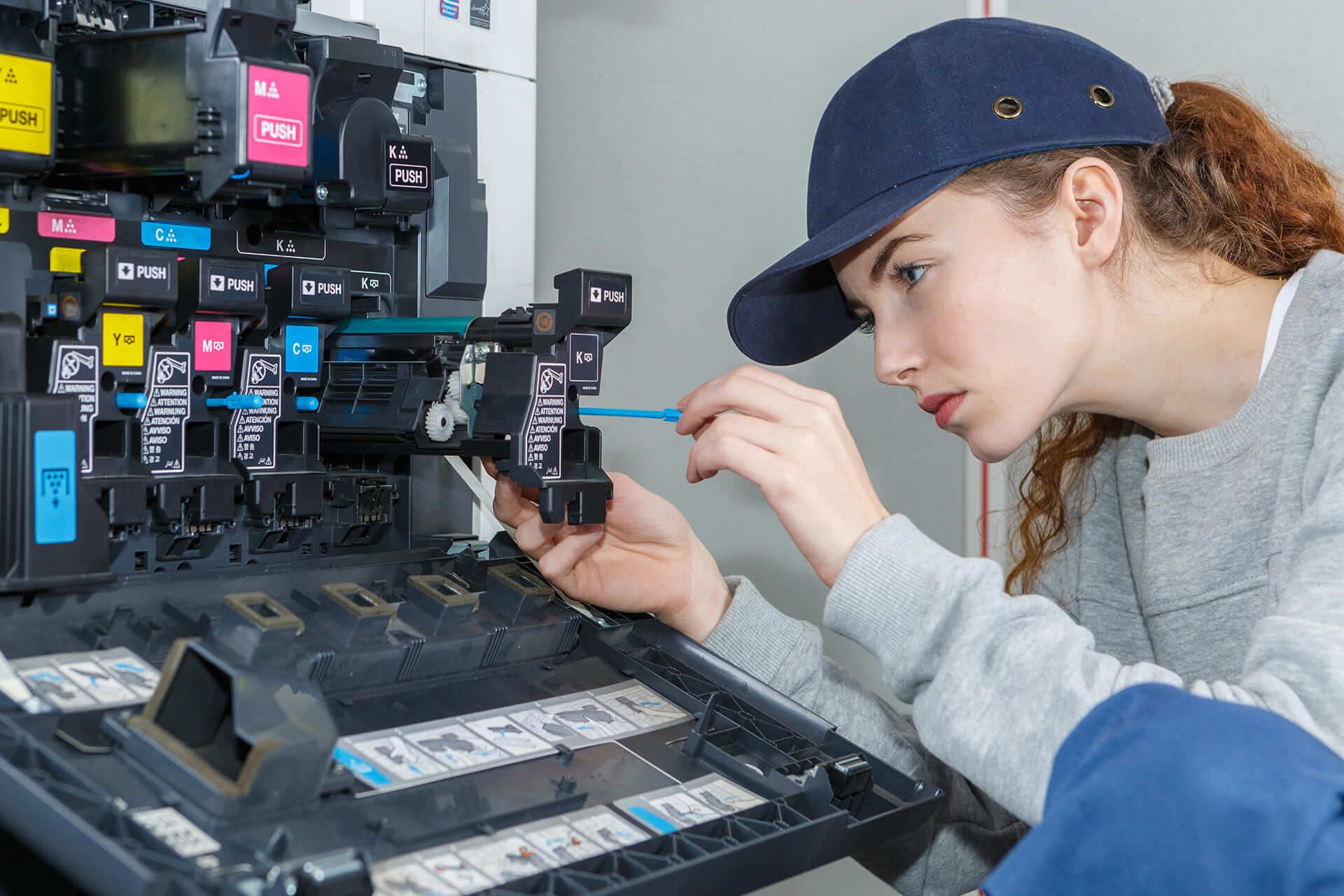
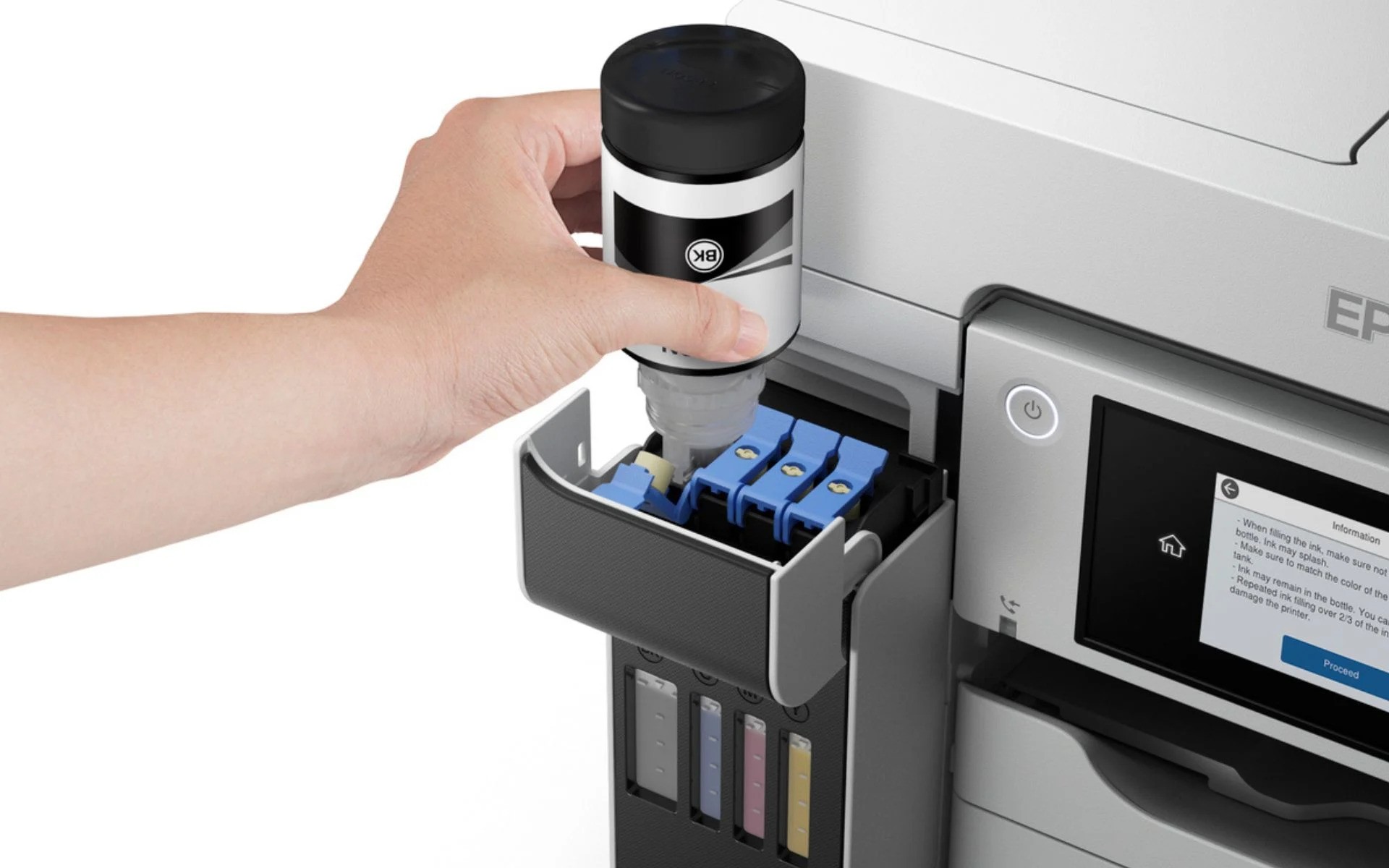
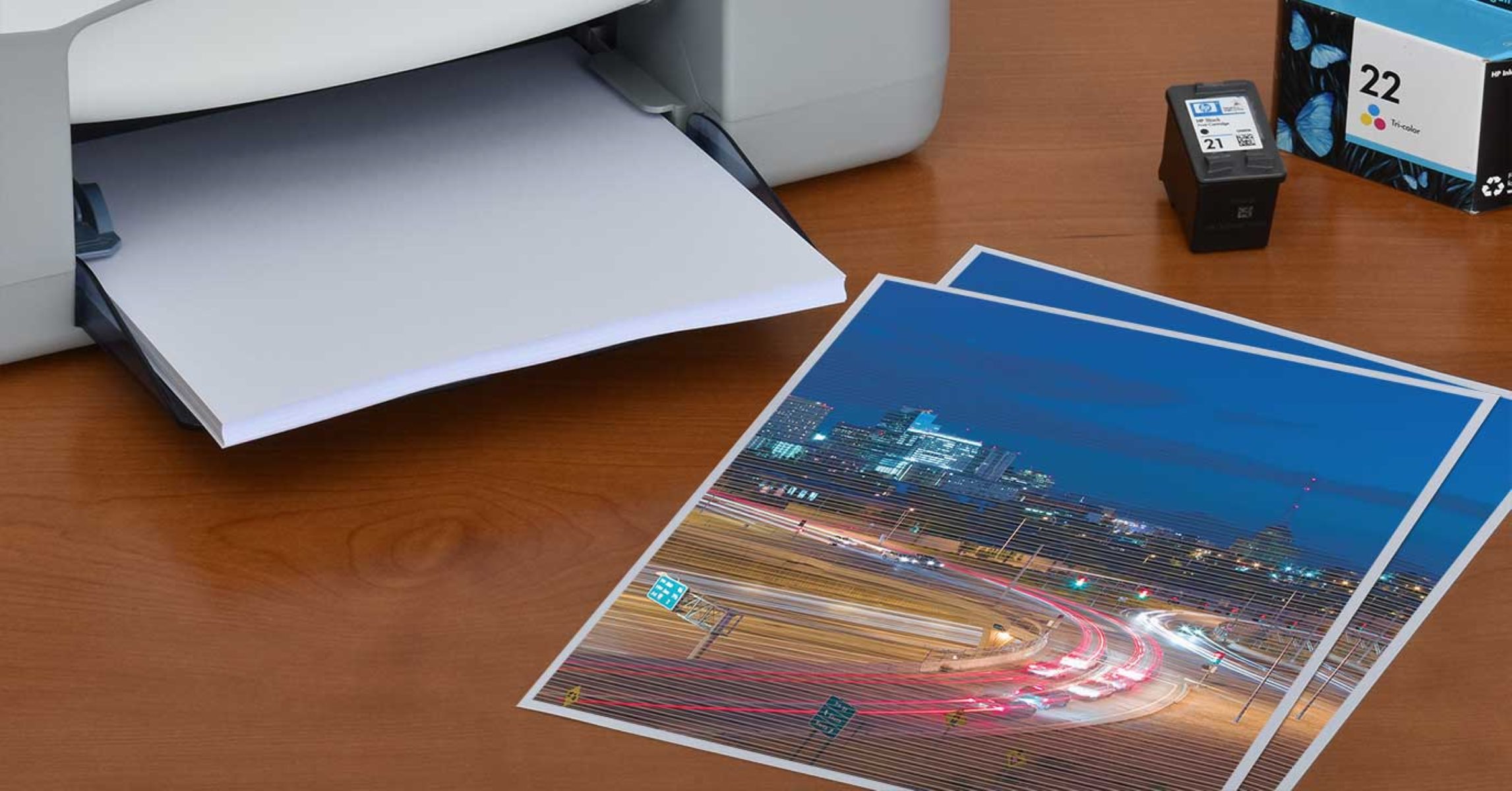
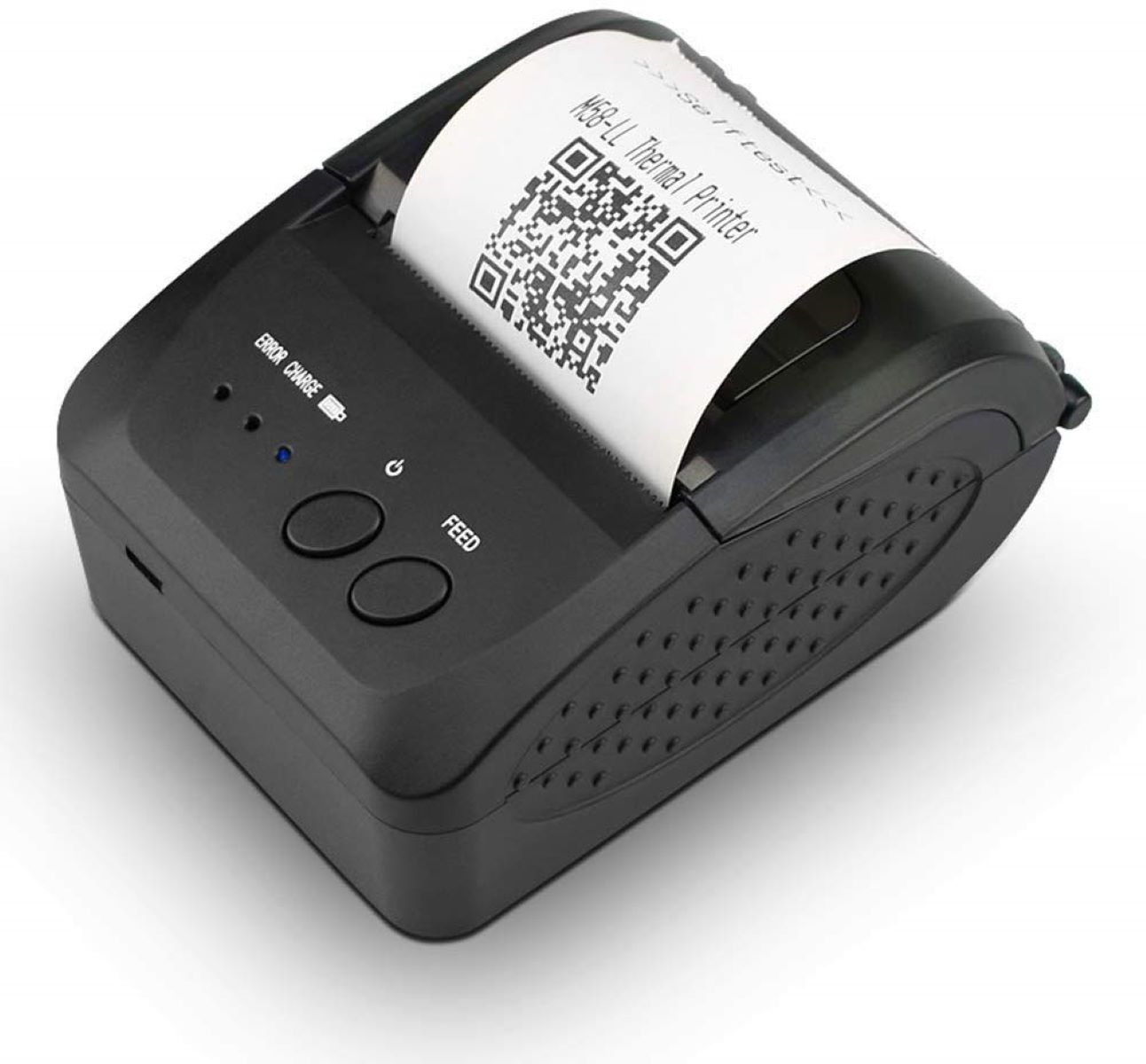
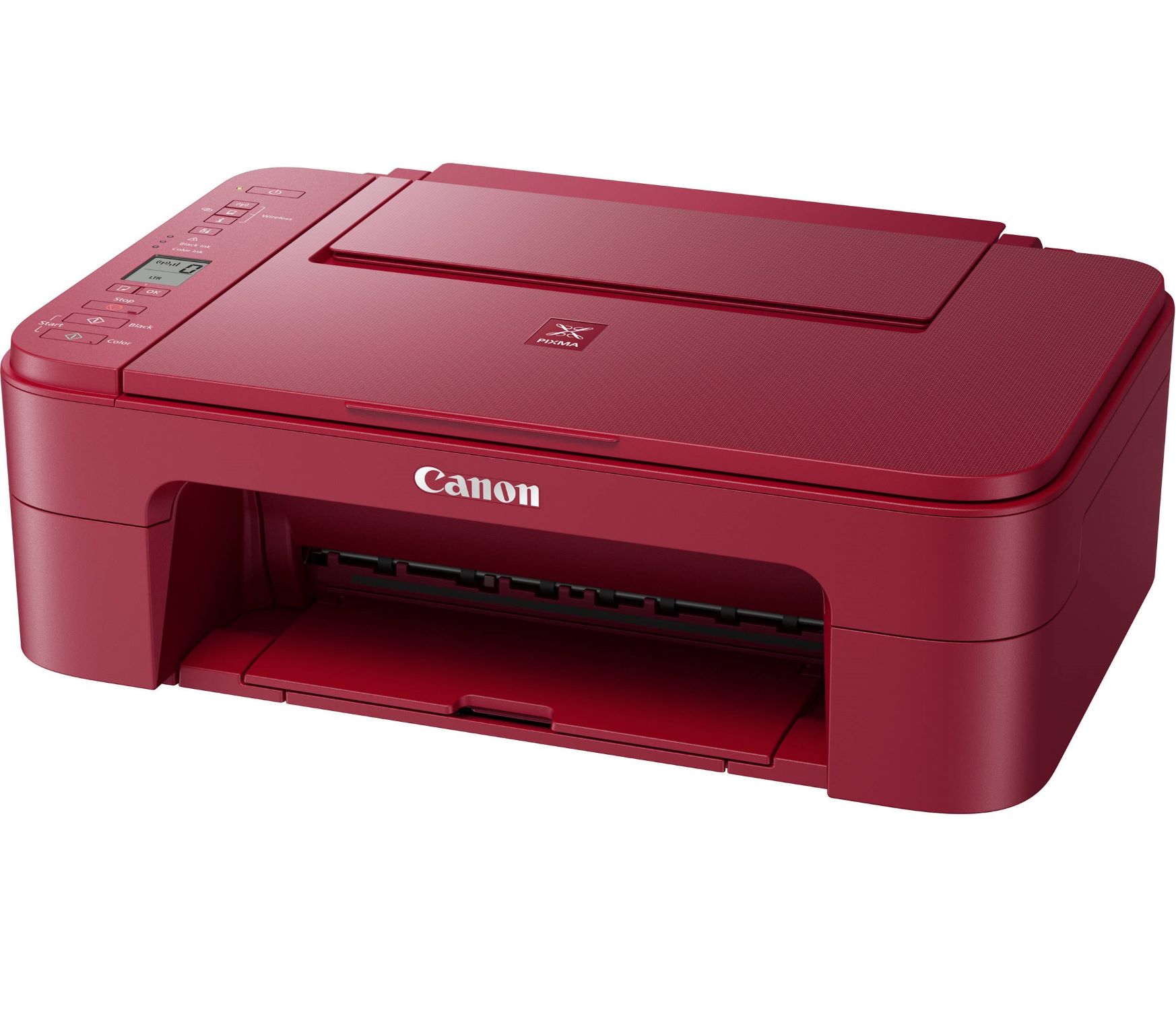
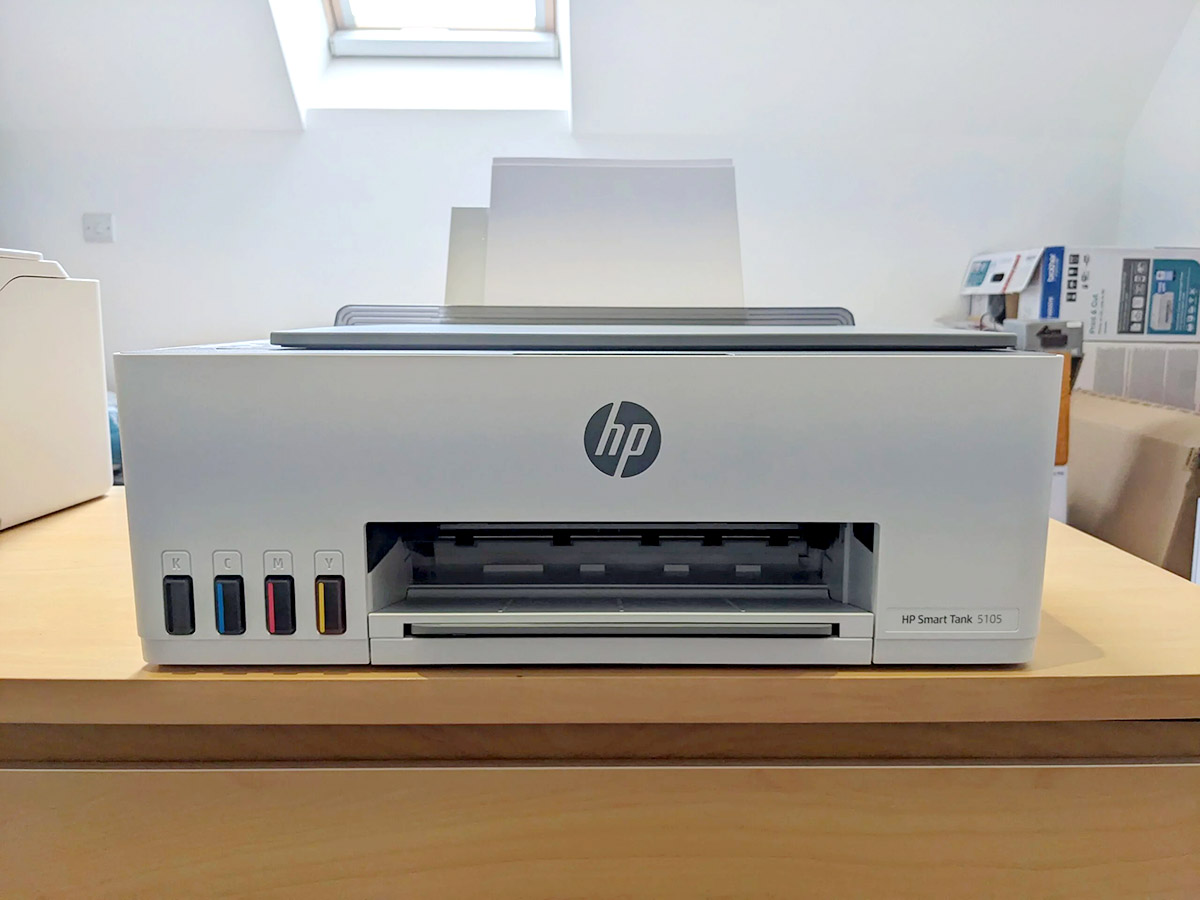
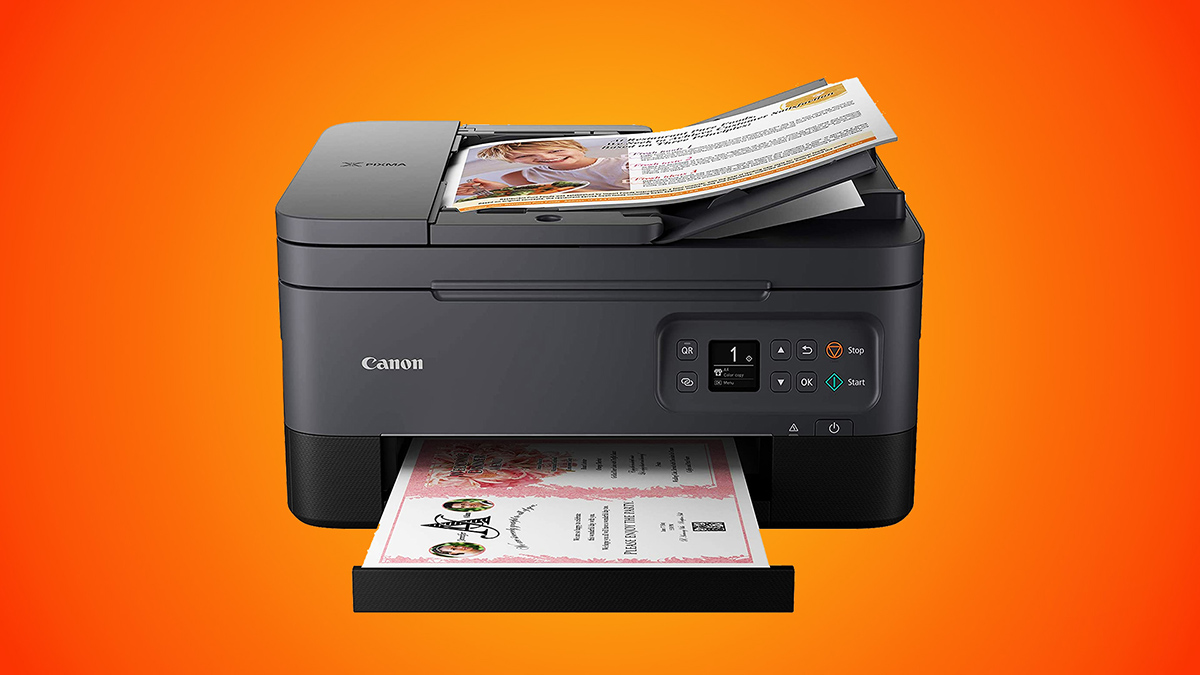
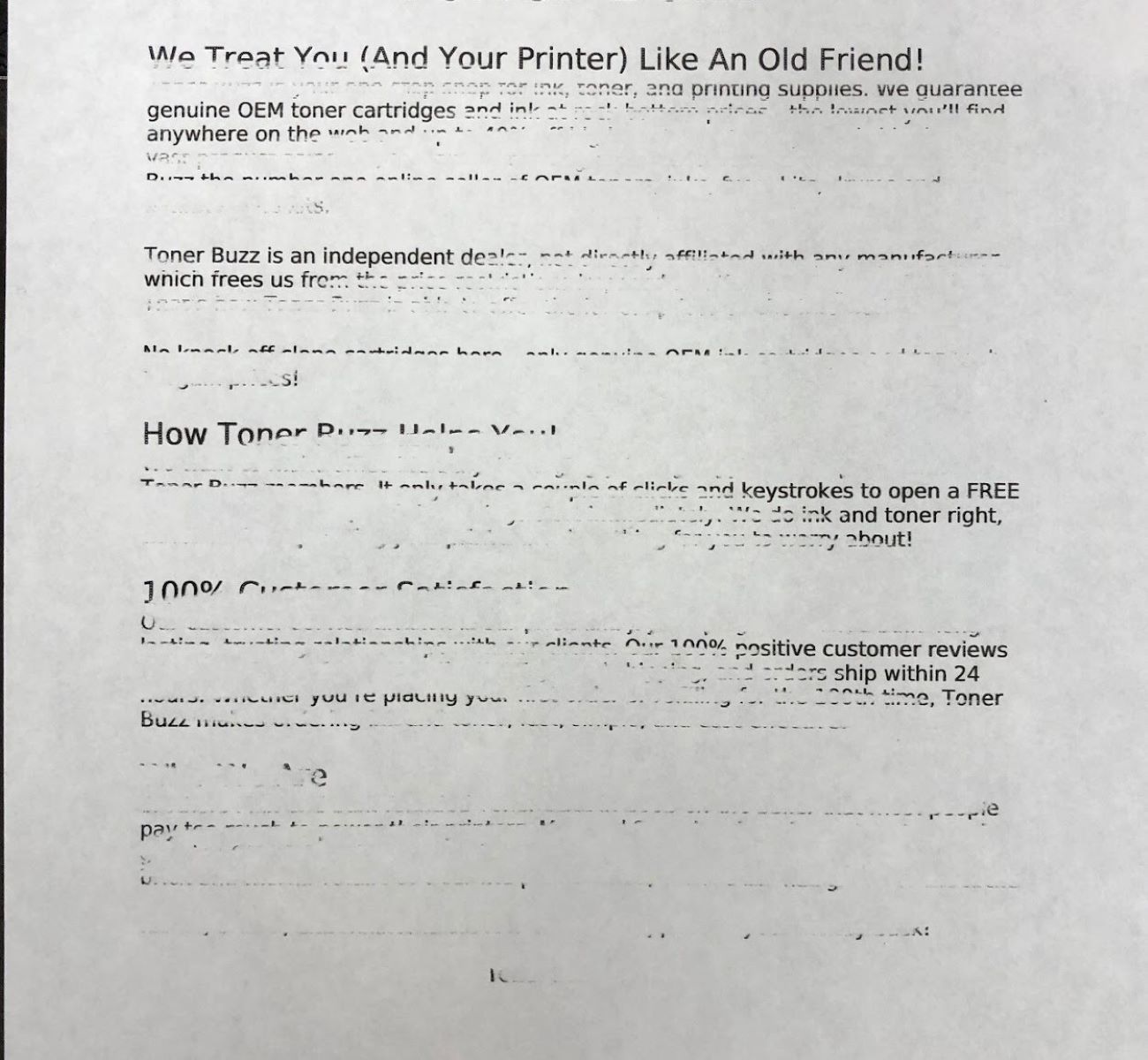

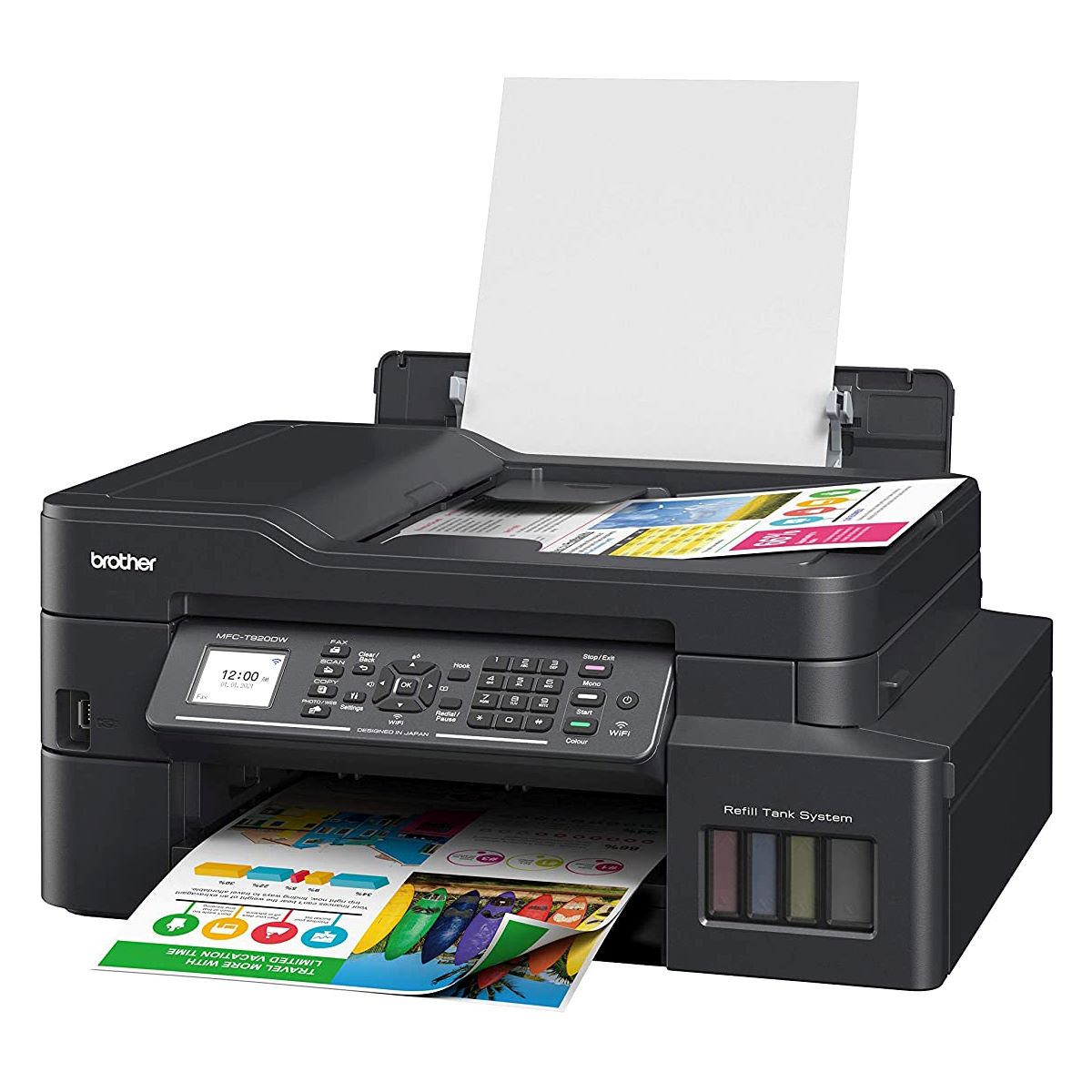
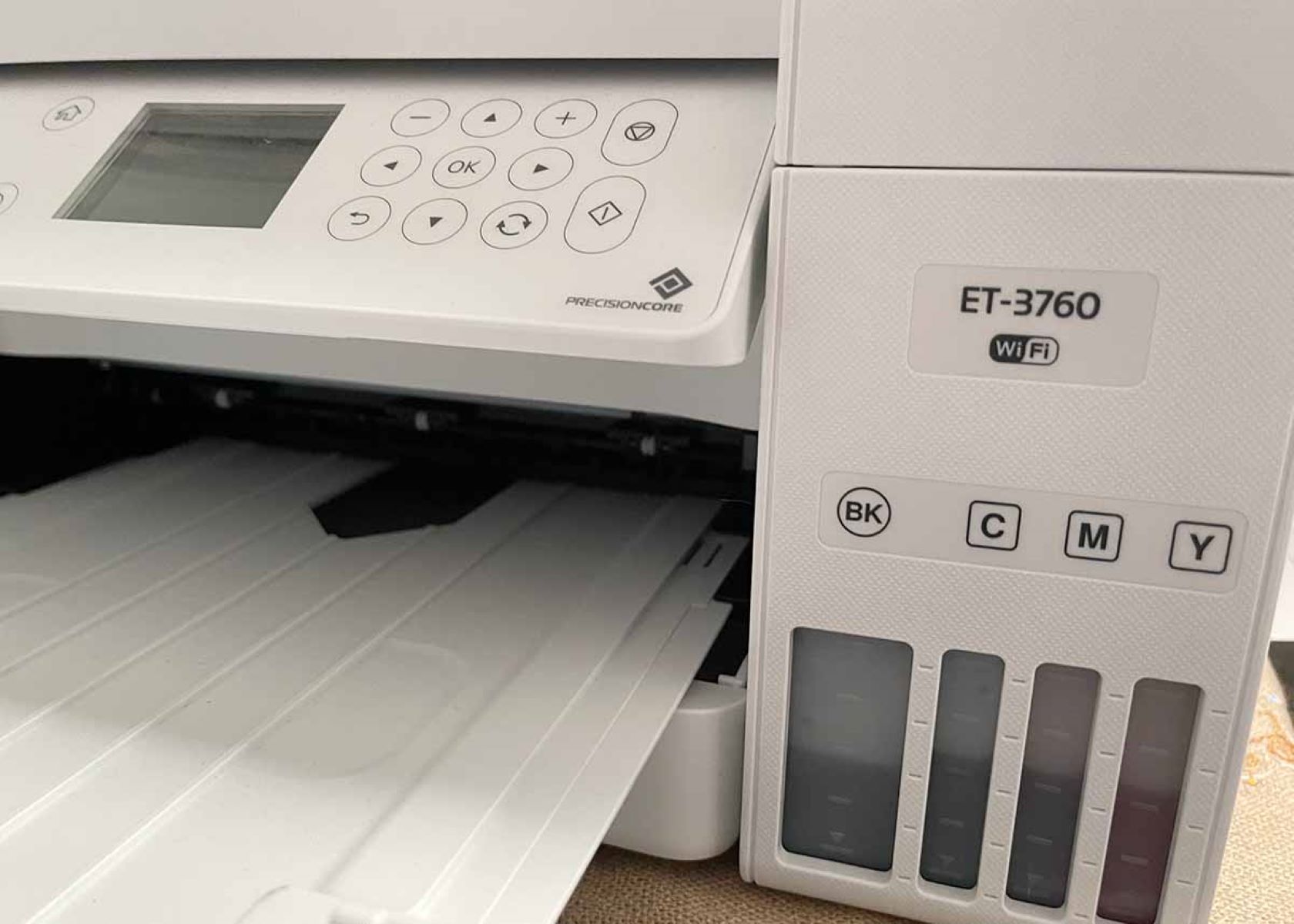
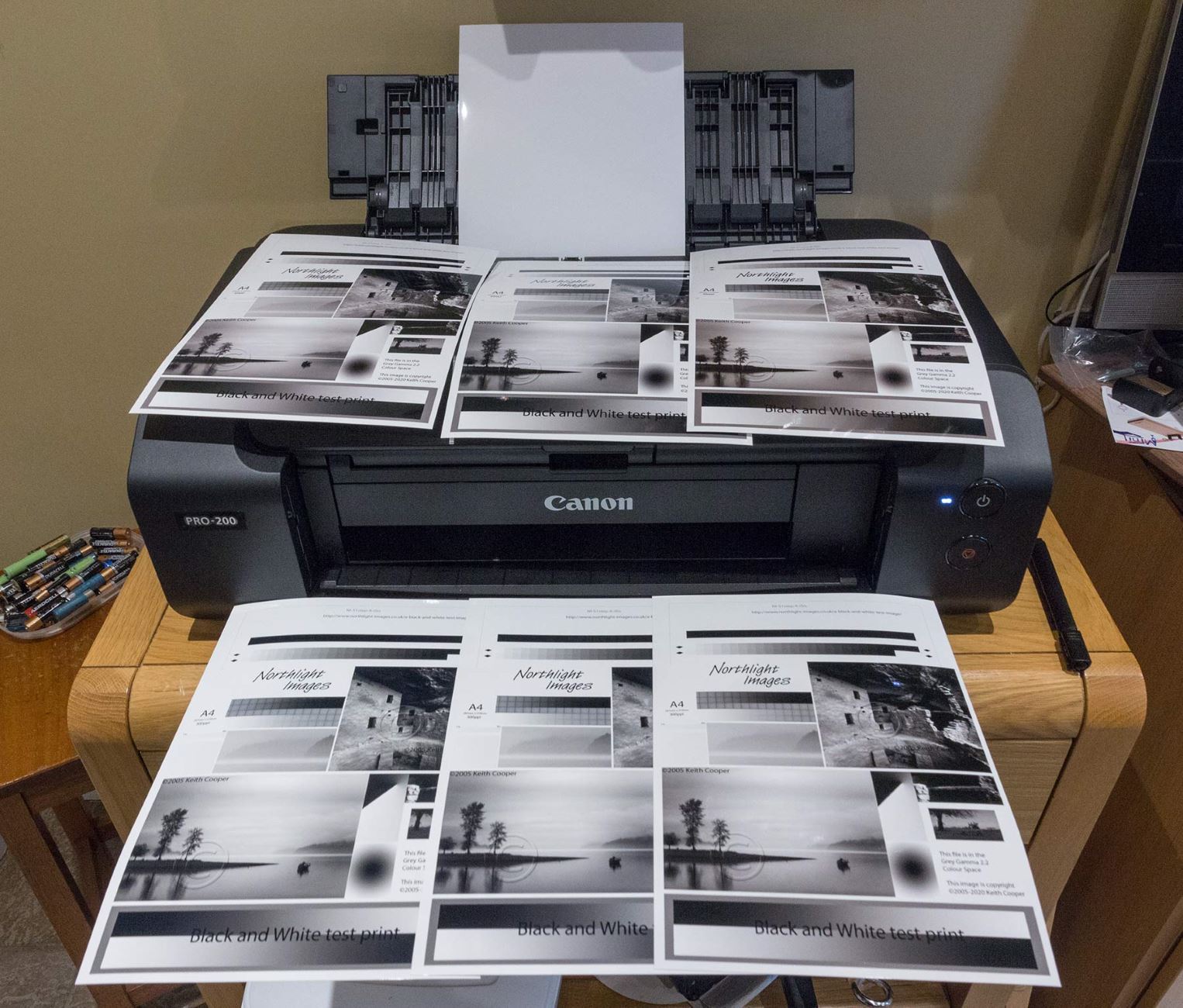
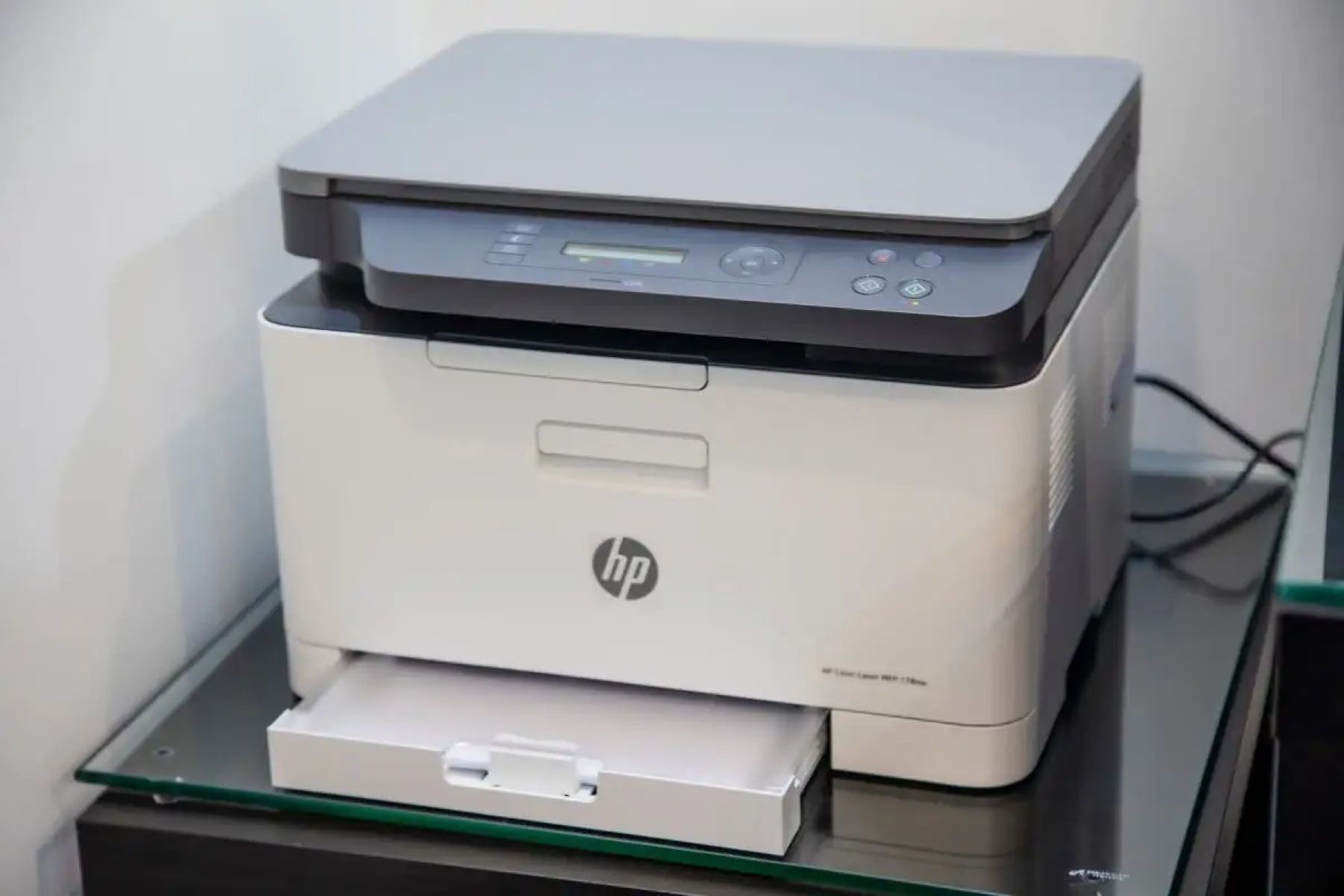

0 thoughts on “Why Is My Printer Printing Green”